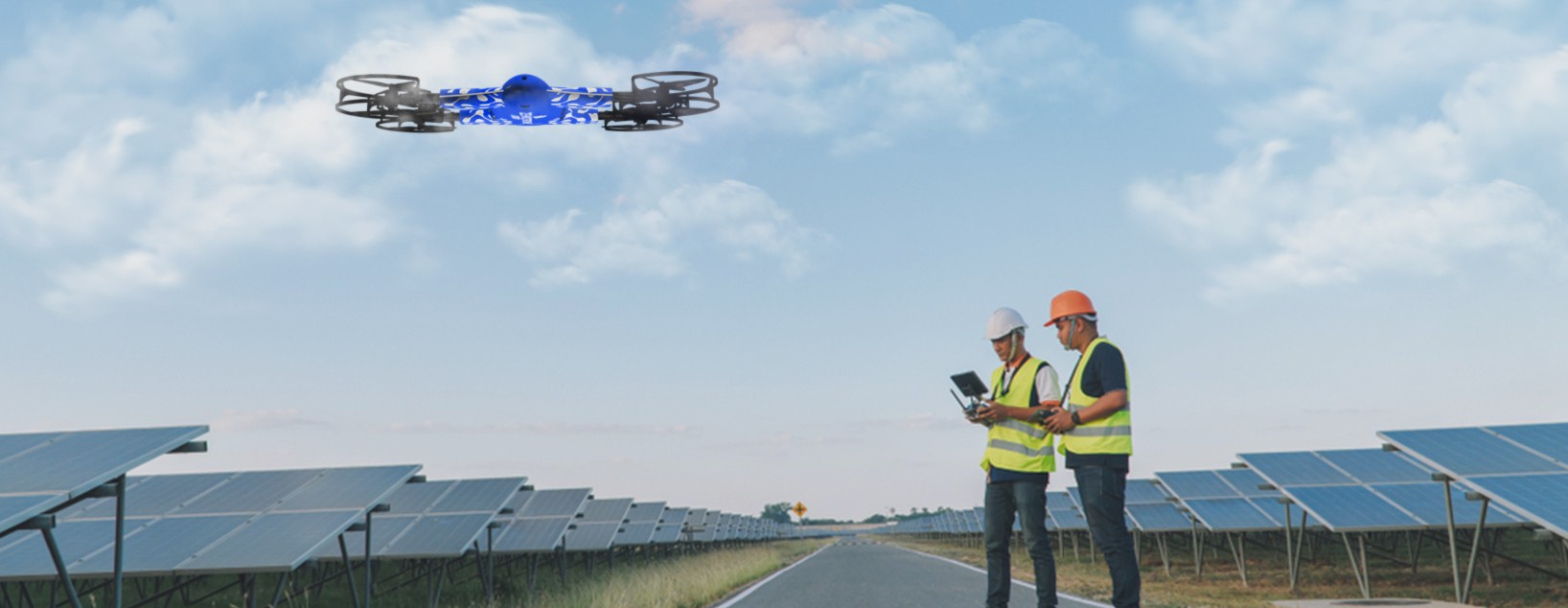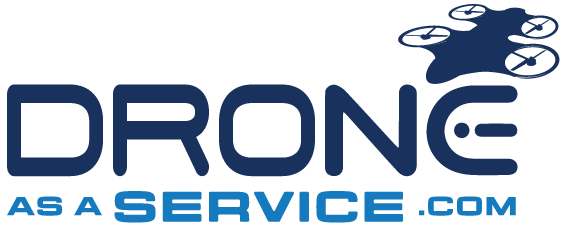
Trains are a critical part of transportation and infrastructure in many countries worldwide. Along with this, the demand for maintenance has also increased in the past few decades. However, the increased demand poses challenges. Companies conduct standard inspections for railway tracks when trains aren’t running, which can be time-consuming and result in delays.
To address this, rail companies now deploy drones on top of investing in a smart railway system. Drones or UAVs (unmanned aerial vehicles) often refer to unmanned aircraft. This aircraft can travel to different heights and cover distances without people needing to be there.
How is Railway Track Monitoring Possible through Drone Technology?
The railway industry is already using drone technology to monitor and inspect tracks. To capture specific data from railroads and other infrastructure, railroad companies need and utilize drones for the following:
1. Data Pre-Processing
With the help of advanced software, drones can process and reconstruct images and data into detailed maps. Their special sensors allow them to filter through interference, like harsh weather and noise levels, resulting in high-resolution images.
2. Track and Edge Detection
Removal of small pixels is possible with the help of software to create a more defined image of railway tracks. This process is known as “edge detection,” where unique systems can distinguish the tracks from the environment.
In the railway industry, drones equipped with special software and sensors can use edge detection to create a detailed map. Once this map is made, railway engineers can see which sections are more damaged than others.
3. Gauge Measurement
Ground Sample Distance (GSD) is a critical concept that calculates the distance between the camera and the actual distance on the ground. Using GSD, drone specialists and data engineers can remotely assess damage to railways more accurately.
Deformed rails and broken sleepers are a few dangers that could potentially cause damage if left uninspected. However, with UAV surveys, it’s possible to detect even minor defects, like scratches and broken rails.
4. HSV Color Extraction
The HSV (hue, saturation, and value) color model is an alternative to the RGB model. Because images captured using drones have different color contrasts, they usually have to be converted into HSV models.
Many drones use HSV models due to unfavorable weather conditions and lighting at different times of the day. However, HSV models usually have a higher quality than RGB color models.
What are the Benefits of Using Drones for Railway Inspection?
It’s no surprise that drones are becoming popular in many industries because of their utility. Railways are no exception to this. Today, more rail companies now deploy drones to fast-track inspection and maintenance.
Like other industries, UAV services can benefit trains and railways in the following ways:
1. Increased Safety
Trains have a daily running schedule among most railways, which means standard railway inspection teams are constantly at risk.
To address this, inspection teams conduct a railway drone inspection to ensure safety during operations. It also allows them to work without necessarily disrupting the trains, which may cause delays.
2. Increased Efficiency
Because rail networks can go on for vast stretches, it’s often impractical for maintenance teams to repair specific areas. This often results in certain railways and networks being less accessible over time due to lack of maintenance.
UAV services can help inspection teams assess specific areas faster. By using a drone to perform the area inspection, they don’t need to be physically present themselves. As a result, they can cover more areas in less time and prioritize more badly damaged areas.
3. High-Resolution Data
Because they provide high-resolution photos and videos in a shorter time, drones are a precious tool.
Today, many drones can maintain that high-resolution while moving at higher speeds. By taking photos while in motion, they provide more data and allow for accurate mapping and 3D modeling.
4. Mobility and Obstacle Identification
Drones are significantly more mobile than standard ground teams. They can simply fly out of the way and descend once the train has passed. Ground teams don’t even need to be physically present, minimizing instances of work-related accidents.
Additionally, with the help of UAV services, ground teams can quickly obtain needed information about appropriate land boundaries. Accurate maps can help detect interferences and resolve concerns on land acquisition.
What’s Next for Railway Industry?
Railroads have been a significant invention in the past few centuries. Today, drone technology set the railway industry for a new era of innovation. Aside from advanced algorithms, data analysis software, and smart railways, inspection and maintenance are set for further automation.
Drones are just the first step. They tend to be more sophisticated, with improved software, sensors, and custom attachments for quick repairs as they become more commonplace.
On top of this, users can also deploy drones in other industries and fields related to railways, such as:
- Warehousing and inventory
- Electricity and power line inspection
- Property management
- Oil and gas
- Mining
What’s the Takeaway?
In a world becoming increasingly connected and reliant on mass transportation, railways and trains are necessary. However, this places a significant need for their maintenance and repair. Standard inspections are often time-consuming and can pose a safety risk.
With a UAV survey, this doesn’t have to be the case. Drones can take high-resolution footage regardless of terrain since they fly and get to railways faster than ground teams. They also don’t disrupt train schedules and minimize on-site injuries.
ZenaDrone is one such drone that can fit these functions and much more. Visit zenadrone.com and schedule your first demo with us today!
